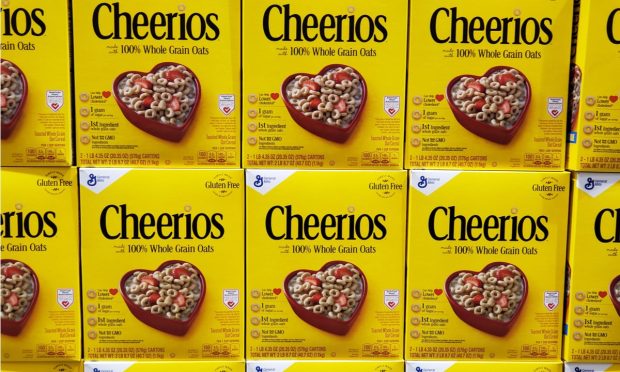Darden, General Mills Experience Two Versions of Food Inflation

Call it a tale of two business models — of ways of grappling with food inflation and grappling with the challenges of protecting margins.
Call it a tale of wholesale vs. direct to consumer (D2C).
And one earnings report just announced and one earnings report yet to come — respectively, General Mills and Darden Restaurants — showcase some of the stark differences between how the two models are faring.
On Wednesday (Sept. 21), General Mills reported results that showed a 4% rise in revenues, which was accompanied by an 8% rise in operating profit, even as the rising price of commodities like flour ate away its margins. The company noted on its earnings call and in supplemental materials that accompanied earnings that the firm continues to grow or hold share in more than half of its priority business — which includes brands like Cheerios and Pillsbury.
An Eat-at-Home World
Those gains, we note, come as consumers continue to eat at home, and use digital means to get those grocery items onto the doorstep (after all, the connected economy is becoming more firmly entrenched in everyday life).
During the conference call, CEO Jeff Harmening said that “consumers have traded away-from-home meeting to more at-home eating consumption.”
The shift may become even more pronounced, we’d think, given that the Fed has just boosted rates again, in yet another supersized hike. That means, of course, that all sorts of household obligations, but especially credit card debt, will become more expensive, spurring more of us to be more cautious with the weekly food bill.
For Darden, which is set to release results before markets open on Thursday (Sept. 22), the picture may be a bit more gloomy. The D2C model relies on consumers’ willingness to keep spending, and yet at the same time, the company must keep investing to meet customers where they want to be met.
CEO Rick Cardenas has said, “We will continue to invest in our brands’ value propositions by underpricing inflation over the long-term. This is the biggest investment we make every year.” Tech and off-premises ordering, of course, can boost or at least maintain margins, but much depends on the ability to keep pricing lower than peers and attractive to consumers.
At least in terms of the optics, inflation will likely help boost results (analysts are expecting a 7% revenue growth rate to be reported Thursday). In the company’s last quarterly report, sales at locations open at least a year were up more than 11%. Thursday’s report will more completely spotlight the impact of food inflation, its puts and takes, and the challenges that lie ahead.
